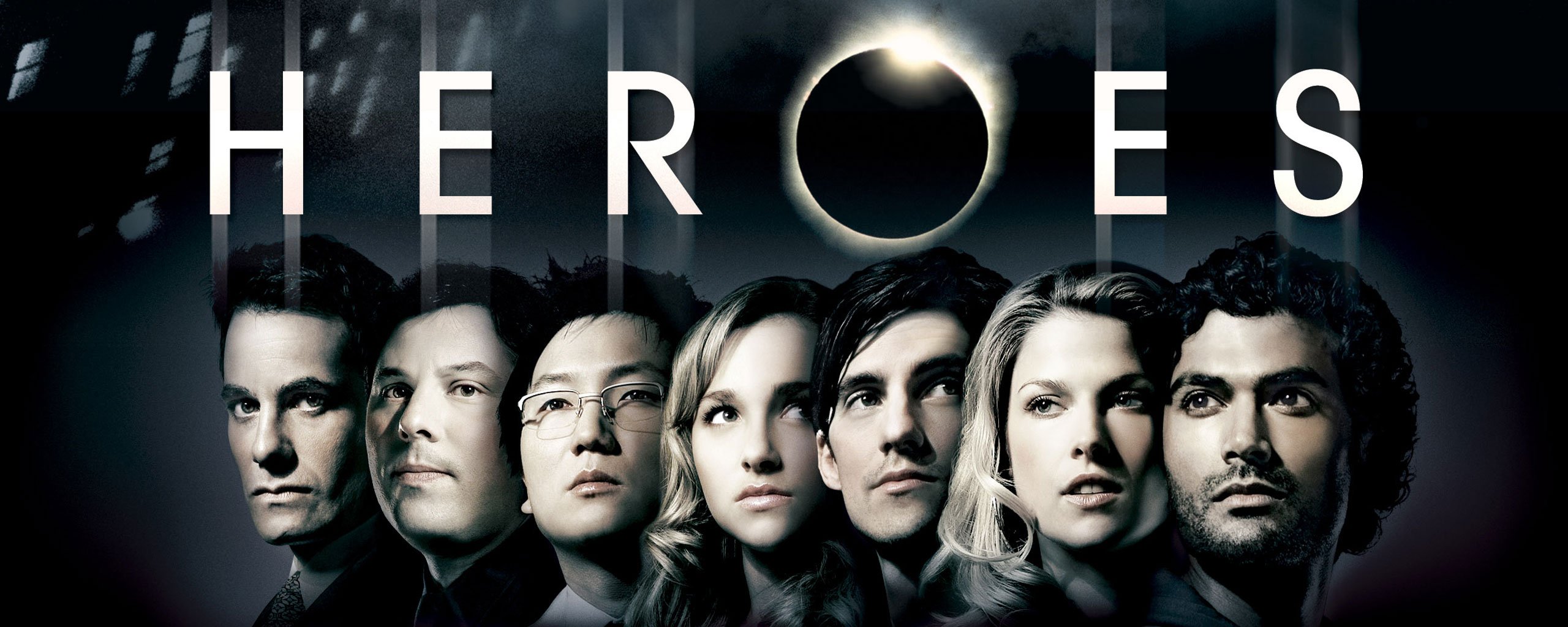A writing cheat is a particular plot device that relies on arbitrary shortcuts and tricks rather than internal consistency. These cheats aren’t necessarily cheap or distracting to pull off. Sometimes they are integral to a compelling storyline, as long as they aren’t too obvious or overused.

One example that crops up in the Star Trek universe: "transporter cheats." Often, the transporter will solve a particular problem early in the story, so the writers introduce some kind of problem with the transporters, like "they’re malfunctioning," "there’s too much interference,” or something else.
With Heroes, the problem is that every character could theoretically throw a monkey wrench into the story. The writers had to create drama around the characters’ abilities without using the equivalent of transporter cheats.
Don't get me wrong, it's a great show. The fact is, the writers went through a lot of trouble to make the show compelling. But here are the cheats I often see:
Retroactive Continuity - AKA “retcon"
This is one of the most used cheats in fiction writing. It relies upon creating backstory after character development has begun. Although it is an overused cheat, it is often forgivable in a dramatic sense because it fills in “gaps” and even seems to provide significant elements as if the information has always been known by the writer.
Trajectory Protagonist/Antagonist
This notion relies heavily on retcon. The good guy is not the protagonist of every story, necessarily. In fact, The good guy could even be the antagonist of the arch or even the series. The good guy might be the protagonist of a given episode. It all depends on the developed motivation.
Unfamiliarity
Early on, the writers get an opportunity to inject dramatic elements by exploiting the characters’ unfamiliarity with their own ability. At first, this is a way to simply aid in character development. But by definition, it happens less and less as the stories unfold until fresh new characters are introduced.
Lack of Communication
This is a variation on the previous limitation. It is less an unfamiliarity of a character’s own ability and more of an unfamiliarity with every other characters’ abilities. Keeping communication off screen until absolutely necessary, then depicting them in flashback is also very cheaty. Pushing this kind of communication into flashbacks is a form of retcon.
Character Placement
Later, when characters’ become more adept at wielding their abilities as well as a familiarity of other’s, certain limitations can be imposed by placing characters into situations that eliminate or dilute their abilities. For example, in season 2, when Hiro is stuck in the past because he has to restore the timeline. Taking Hiro out of the present eliminates his pesky abilities for a while.
Intermittent Abilities
Rather than kill off a character or use other cheats to remove an ability from play, another approach is to just disable the abilities for a while.
Chaotic Alignment
Certain characters are aligned in such a way that their abilities may hinder or help one another. Bad guys won’t typically want to use their abilities to aid the good, for example. This in and of itself is not a cheat, but when characters conveniently (temporarily) switch alignment, it allows their abilities to further dramatic elements. Done too often, this is a cheat.
The Speedster Must Be Self-Serving
This is a variation on the Alignment Switch as well as Character Placement. If the speedster ever becomes purely altruistic, they must somehow become disabled and/or die. Speedsters don’t have to be evil. They just have to be generally self-serving because they present too much of an easy-out that is difficult to write around.
